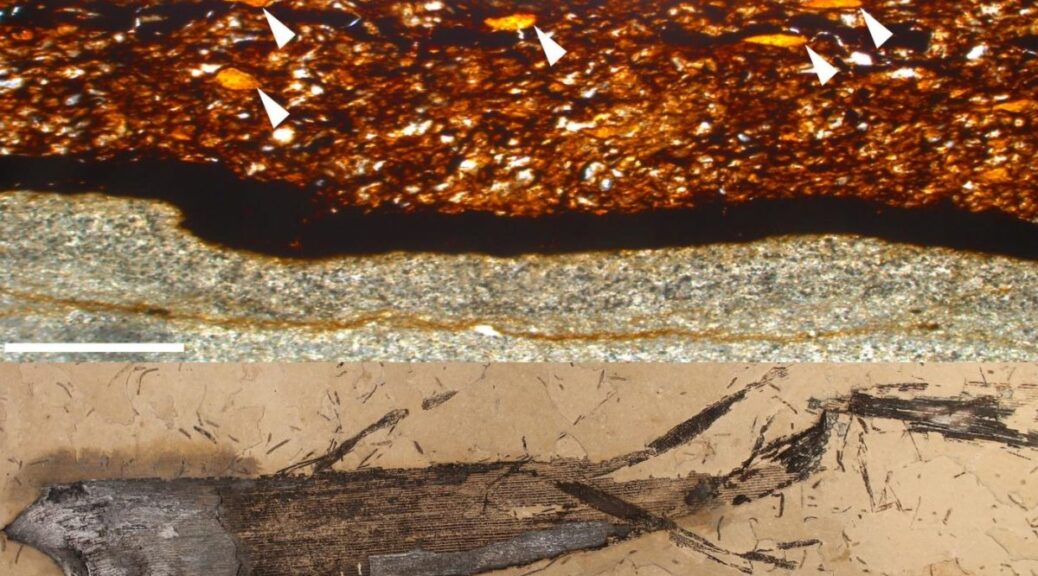By gum! Scientists find new 110-million-year-old treasure
During the analysis, scientists from the University of Portsmouth, examining fossilized leaves of the Welwitschiophyllum plant found in the Crato Formation in Brazil, have discovered a remarkable new treasure- the first fossil plant gum on record- ‘Welwitschiophyllum.’
Researchers have noticed that thin amber-colored bands locked inside some of the fossilized leaves. The beautiful, amber-like material has been discovered in 110 million-year-old fossilized leaves.
Unlike amber, which is made from fossilized plant resin, this newly discovered material is made from fossilized plant gum.

A wide variety of vascular plants produce fluid exudates e.g., resins and gums, with each group differing in chemical definitions.
Due to similarity in physical appearance, distinguishing exudates based on chemistry is vital; for example, gums and resins are visually similar, resulting in these terms being used interchangeably.
The study was conducted in collaboration between the University of Portsmouth, the University of Vienna (with amber expert Dr. Leyla Seyfullah), and the British Library (with FTIR (Fourier Transform Infrared Spectroscopy) specialist Dr. Paul Garside).
University of Portsmouth Ph.D. student Emily Roberts said, “This discovery overturns the basic assumption that plant gums cannot be preserved in the fossil record. It has opened our eyes to the fact that other plant chemicals may also be preserved—we can no longer make assumptions.
When we first tested the gum, I was astonished that we were confirming something that was thought to be impossible—it just goes to show that fossil plants can surprise us.”
According to the study, the Welwitschiophyllum plant is considered to be related to one of the oldest and most enigmatic plants in existence.
Remarkably, a considered relative of this plant is still growing today, Welwitschia is the sole survivor of this lineage and is now found only in the Namib Desert in Namibia and Southern Angola.

Co-author Professor David Martill, of the School of the Environmental Geography and Geosciences at the University of Portsmouth, said: “Emily has not only discovered something ground-breaking about plant gum but perhaps, even more, astonishing her findings confirm that the Welwitschia plant found in Africa today produces a gum similar to a plant growing 110 million years ago in Brazil.
Welwitschia is one of life’s survivors, thriving in one of the harshest environments on earth for over 120 million years.
This discovery is fascinating, especially when put into the context of these two continents of Africa and South America, being one during the Cretaceous period.”
Scientists suggest there is still much to be learned and that future work should focus on how this preserved gum has survived 110 million years.
